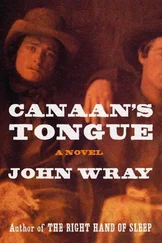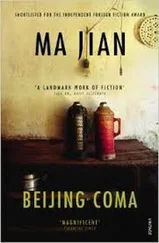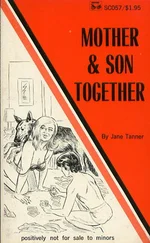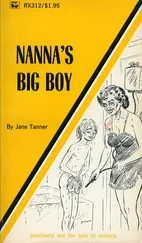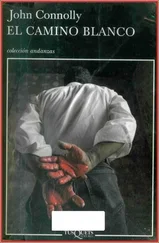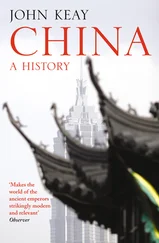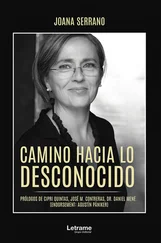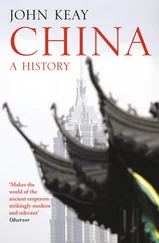Toomer’s decision, just a few months after Cane ’ s publication, to become a student of Georges I. Gurdjief, the Russian mystic and psychologist, and originator of the Gurdjief system or method, also contributed to his estrangement from the book. Throughout much of his adult life, Toomer had been in search of what he called an “intelligible scheme, a sort of whole into which everything ft,” and toward the end of 1923 he believed he had at last found this grand and unifying pattern in Gurdjief’s teachings. Toomer’s introduction to Gurdjief’s philosphy came through P. D. Ouspensky’s Tertium Organum , which he read in December 1923. Ouspensky’s writings were the object of some fascination among the members of his literary community in Greenwich Village, particularly to Hart Crane, Gorham Munson, and Waldo Frank. After reading Ouspensky, Toomer acquired a pamphlet describing the history and mission of Gurdjief’s Institute for the Harmonious Development of Man in Fontainebleau, France. “In it I found expressed,” he wrote, “more completely and with more authority than with anything possible from me, just the conditions of man which I myself realized. Moreover, a method, a means of doing something about it was promised. It was no wonder that I went heart and soul into the Gurdjief work.” 150
It should be emphasized that in Cane we find ample evidence of an orientation toward spiritual and philosophical concerns that would assume a larger, more marked significance in Toomer’s later writings. These concerns help to explain why he went “heart and soul into the Gurdjief work.” Even in his 1923 letter to Frank, Toomer had written of what he called the “spiritual entity behind the work.” A few years before his introduction to Gurdjief’s theories, Toomer, an autodidact who early on saw himself as a philosopher-poet, found as his great theme modernity’s attendant fragmentation and alienation. Cane is his most successful treatment of this theme, as it juxtaposes fragmentation with intense spirituality. Kerman and Eldridge describe the “spiritual entity” in the writing and in the writer thusly: “While others may have read Cane to see how a man could ft his human view into his blackness, Jean was trying to ft the blackness that was a part of him into a more comprehensive human view. Nor was he trying to ‘pass’ in a racial sense; rather, he was passing from preoccupations with external, visible reality to concentration on internal, invisible reality.” 151Perhaps. But Toomer did find a most original and compelling way to render the relation among fragmentation, alienation, and spirituality in the tripartite, lyrical form of Cane.
In fact, the grand achievement of Toomer is this: Cane is, perhaps, the first work of fiction by a black writer to take the historical experiences and social conditions of the Negro, and make them the metaphor for the human condition, in this case, the metaphor for modernity itself. Du Bois had, famously and brilliantly, redefined the concept of “double consciousness” as a metaphor for the Negro’s duality, a duality created by racial segregation. For Du Bois, double consciousness was a malady, a malady that could be cured only by the end of segregation. For Toomer, however, fragmentation, or duality, is the very condition of modernity. It cannot be “cured,” any more than the gap between the conscious mind and the unconscious can be obliterated. Cane is a book about nothing if not fragmentation; it is a book about dualities, unreconciled dualities, and this theme is repeated in each of its sections, whether in the South or the North, whether in the country or the city, whether in the book’s black characters or its white characters. Everybody and everything is hopelessly, inescapably fragmented. And nowhere is this better expressed than in the “Kabnis” section of Cane, in this exchange between Lewis and Kabnis, each other’s alter egos, through Lewis’s list of binaries:
Kabnis:…My ancestors were Southern blue-bloods.
Lewis: And black.
Kabnis: Aint much difference between blue and black.
Lewis: Enough to draw a denial from you. Cant hold them, can you? Master; slave. Soil; and the overarching heavens. Dusk; dawn. They fight and bastardize you. The sun tint of your cheeks, fame of the great season’s multi-colored leaves, tarnished, burned. Split, shredded; easily burned. No use…
The use of binary oppositions has a long history in African American literature, going back at least to Frederick Douglass’s Narrative of the Life of Frederick Douglass (1845). Du Bois transformed these in The Souls of Black Folk into the duality of the Negro citizen, a necessary and problematic by-product of anti-black racism and segregation. Toomer, however, takes Du Bois’s concept of double consciousness, and boldly declares that this fragmentation is, ultimately, the sign of the Negro’s modernity, first, and that the Negro, therefore, is America’s harbinger of and metaphor for modernity itself. It is a stunningly brilliant claim, this rendering by Toomer of the American Negro as the First Modern Person. There is no end to the manifestations of fragmentation in Cane and no false gestures to the unity of opposites at the text’s end. No, in Cane, fragmentation is here to stay, for such is the stuff of modern life. When Kabnis ascends the stairs from his encounter with Father John in the basement at the end of the text, he carries a bucket of dead coals, undermining what would be the false nod to hope through reconciliation possibly suggested by the text’s image of a rising sun. Zora Neale Hurston revises this very scene at the end of Their Eyes Were Watching God, having depicted her protagonist’s coming to voice not as the result of reconciling binaries, but of developing the capacity to negotiate back and forth between them, acutely mindful of the fragmentation that Toomer defined as the necessary precondition for finding one’s identity, an identity always split, or doubled, or divided. In Cane, Jean Toomer became a lyrical prophet of modernism. And then, abruptly, he decided to pursue other passages.
In January 1924, Toomer marked his passing from “external, visible reality” to “internal, invisible reality” by attending lectures by Gurdjief and demonstrations of his method at Manhattan’s Leslie Hall and the Neighborhood Playhouse. He writes about how deeply moved he was by his first encounter with Gurdjief’s teachings. Gurdjief claimed that human beings are mechanical beings, and that they lack unity, and thus true consciousness. In the Gurdjief system there are four levels of consciousness: the sleeping state, waking consciousness, self-consciousness, and objective or cosmic consciousness. Advanced levels of consciousness can only be attained through the practice of such exercises as self-remembering or self-observation as well as non-identification. Practiced in one’s daily life, these exercises possessed the potential to liberate one from mechanical modes of thought and behavior, and to move one toward the attainment of higher levels of consciousness.
Toomer, to say the least, was captivated by the promise of Gurdjief’s teachings. By the summer of 1924 he had left New York to study at Gurdjief’s institute in France. Put another way, in less than a year after the publication of Cane and when the Harlem Renaissance and other expressions of high cultural modernism were approaching their apex, Toomer had passed into a vastly different cultural orbit. When he returned to New York in early 1925, he set about in almost priestly fashion to promote the Gurdjief method through public lectures. It was as a Gurdjief lecturer that Hughes and Hurston first met Toomer in Harlem in 1925.
Читать дальше



